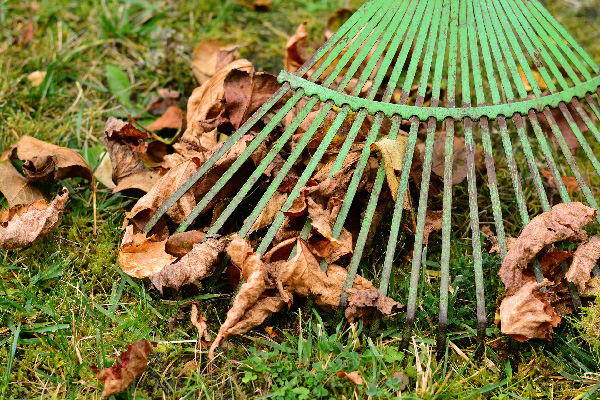| Timely Topics | Major points: |
|---|---|
| 1.Turf seedling follow-up | Too late to seed now, sod instead. Concerns with fall seedings - what should it look like now? |
| 2. Dormant seeding | Do soil prep now; seed after Thanksgiving or until early March |
| 3. Late season turf fertilization | Base applications on weather & turf growth rates, not calendar dates |
1. Turf seeding follow-upToo late to seed now, sod instead. concerns with fall seedings - what should it look like?
The optimum time to seed cool-season turfgrasses in Nebraska is between August 15 and September 15. Adjust these dates a week or two earlier for northern Nebraska or the Dakotas and a week or two later for southern Nebraska. We are well past that time now, so no further seeding should be done. Seed germination in cool soils will be very slow and survival of seedlings low.
Don't expect perfection now, even with successful seedings done during the ideal time frame. Seedlings will still be young and thin, not completely mature or filled-out until next spring. Weeds are usually still be a problem, since the new turf plants are not big enough yet to crowd them out. Keep mowing as long as the grass continues to grow. Mowing encourages turf crowns to mature and develop additional tillers, causing the plants to fill out. Mowing also keeps weeds short and minimizes their competition with the grass seedlings. Ignore annual weeds, they will die off naturally in a few weeks and can be controlled next year with preemergent herbicide. Use caution when controlling perennial weeds, being sure to choose herbicides labeled for use on young seedings, such as quinclorac and carfentrazone. As always, read and follow herbicide label directions to avoid turf damage.
If bare turf areas need coverage now, turf can be sodded almost any time soils are not frozen. Sodding in fall or winter can be done as long as winter irrigation is available to minimize winter desiccation on exposed sites. Soil preparation is just as important as for other times of the year and the soil must be moist when sod is laid. Watering after installation is a priority, even in the cooler temperatures of fall and winter. The goal is to keep the crowns moist to prevent winter desiccation and sod death.
Establishing Lawns From Sod, Nebraska Extension Turf iNfo
2. Dormant seedingdo soil prep now; seed after thanksgiving or until early march
The best time to seed cool season turfgrass is late August/early September. Two other seeding times are spring and dormant seeding. Dormant seeding is defined as such because seed lies dormant until soil temperatures warm in April or May. Dormant seeding can be done as early as Thanksgiving or as late as March in most locations. The key is to seed after the soil is cold enough that germination will not occur until after soils warm in spring. The benefit of dormant seeding is as soil heaves and cracks during winter, crevices are created for seed to fall into, providing ideal germination conditions in spring. Dormant-seeding may be easier to schedule than spring seeding, because spring rains can make it difficult to seed after March.
There are risks with dormant seeding. It is most effective if weather remains cold enough to delay germination until spring. Occasionally, extended warm periods in winter could allow seed to germinate, and seedlings may then be killed by ensuing cold weather. As with any seeding, soil preparation needs to be done prior to seeding. For dormant seeding, this would be in fall before the soil freezes. If using dormant seeding, monitor the area in mid spring for the need to do additional over-seeding.
Establishing Lawns from Seed, Nebraska Extension Turf iNfo
3. Late season turf fertilizationbase applications on weather & turf growth rates, not calendar dates
For the past 5 years or so, our recommendation has been to lightly fertilize turfgrass stands before Halloween and do not fertilize after that. This application bolsters root growth heading into winter. That recommendation still stands, however, due to recent extended periods of cool, wet weather, we’re encouraging that an adjustment for this year be made. Instead of strict adherence to books or calendar dates, the best indicator as to timing for late season fertilization is the growth rate of the turf plants, making the application after the majority of leaf expansion has ceased for the year. Since that slow-down is occurring 2-3 weeks earlier this season, an accompanying fertilizer application should be moved up to mid-October rather than late October.
The rest of the recommendation stands – a light rate, in the 0.25 to 0.3 lbs of N per 1,000 sq. ft. range, use of a quickly soluble N source such as ammonium sulfate, ammonium nitrate or urea, and watering the product off the blades into the soil soon after application.
Reference to commercial products or trade names is made with the understanding that no discrimination is intended and no endorsement by Nebraska Extension is implied. Use of commercial and trade names does not imply approval or constitute endorsement by Nebraska Extension. Nor does it imply discrimination against other similar products.

